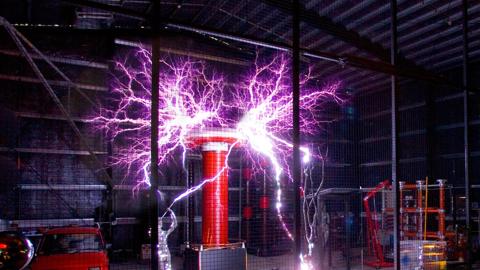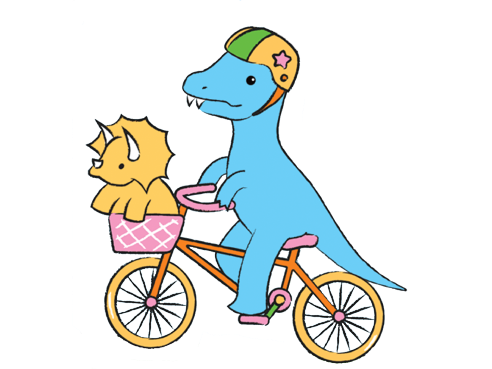Did you know...?
#1
The most venomous snakes are not necessarily the most dangerous snakes. The inland taipan often called the world’s most venomous snake has not been responsible for a single human death that we know of.
#2
The Sydney Funnel web, Atrax robustus, has venom which is dangerous to humans and requires emergency treatment in hospital. No people have died from a bite since the antivenom was developed in 1981. The venom affects primates including humans, apes and monkeys, but not cats or dogs.
#3
Jellyfish have harpoon-like stinging cells to ward off enemies or capture prey. These barbed threads often contain toxins. The most dangerous to humans are box jellyfish which occur in northern Australian waters.
#4
Bull ants will give a painful sting if they feel threatened. Before stinging the ant will grab its victim with its powerful mandibles then curl its body round and thrust in its long, barbless sting.
#5
The Platypus is a venomous mammal. Male platypuses have a fanglike spur on the inner side of each ankle that is connected to a venom gland located over the thighs. Male platypuses use this spur to fight off other males during the breeding season.
#6
For years it was thought that when Komodo dragons killed their prey by causing blood poisoning with bacteria in the lizard’s mouth. We now know that Komodo dragons have venom glands in their lower jaw and the prey die due to blood loss caused by anti-clotting compounds in the venom and compounds that cause the victim's blood pressure to drop.
#7
Researchers have now found that Australian goanna species also produce venom that have anti-coagulant properties. The compounds in these venoms maybe new sources of bioactive molecules useful in drug design and development.
#8
Researchers noticed that some snake bites cause animals to bleed profusely. They identified a protein in the venom that destroys platelets and have now produced anti-clotting drugs from the venom of the American Souheastern Pygmy Rattlesnake and a protein found in the venom of the Saw-scaled Viper.
#9
Snake venom is a mixture of toxins from up to 63 different protein families. Snakes can change the composition of toxins in their venom over time. The venom of young Brown Snakes has a larger proportion of toxins that attack the nervous system, whilst the venom of larger Brown Snakes effects the circulatory system. This is thought to be because young Brown Snakes prey on lizards whereas larger Brown Snakes prey on mammals.
#10
Poisonous animals are often brightly coloured. A combination of contrasting colours and bold patterns acts as a signal to prey animals that says, ‘I am poisonous, do not eat me!’ Venomous animals on the other hand may be camouflaged if they use their venom to catch prey and want to get close to prey without being seen.













